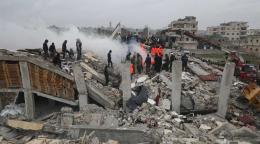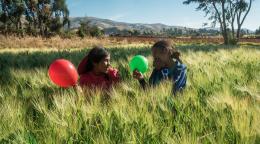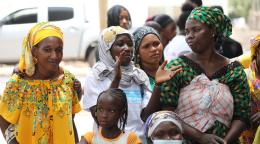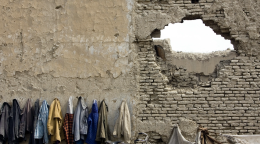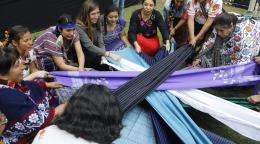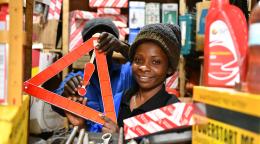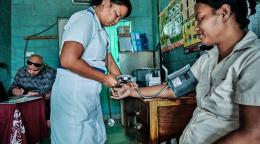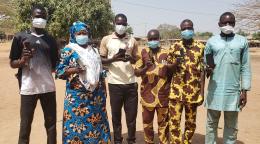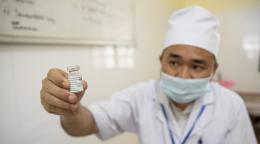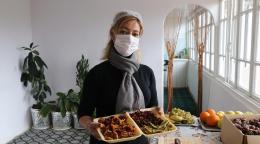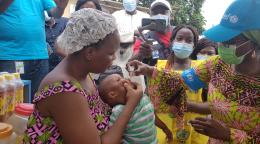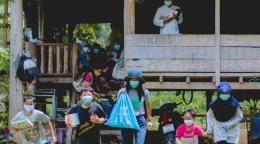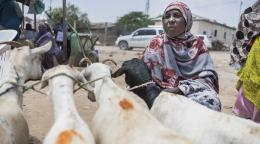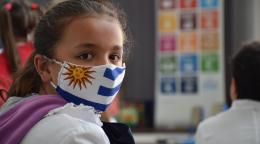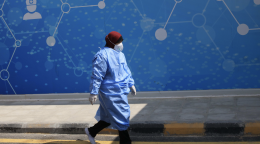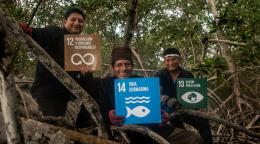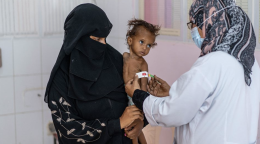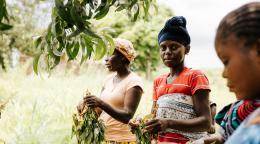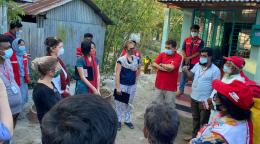The road to global vaccine equality
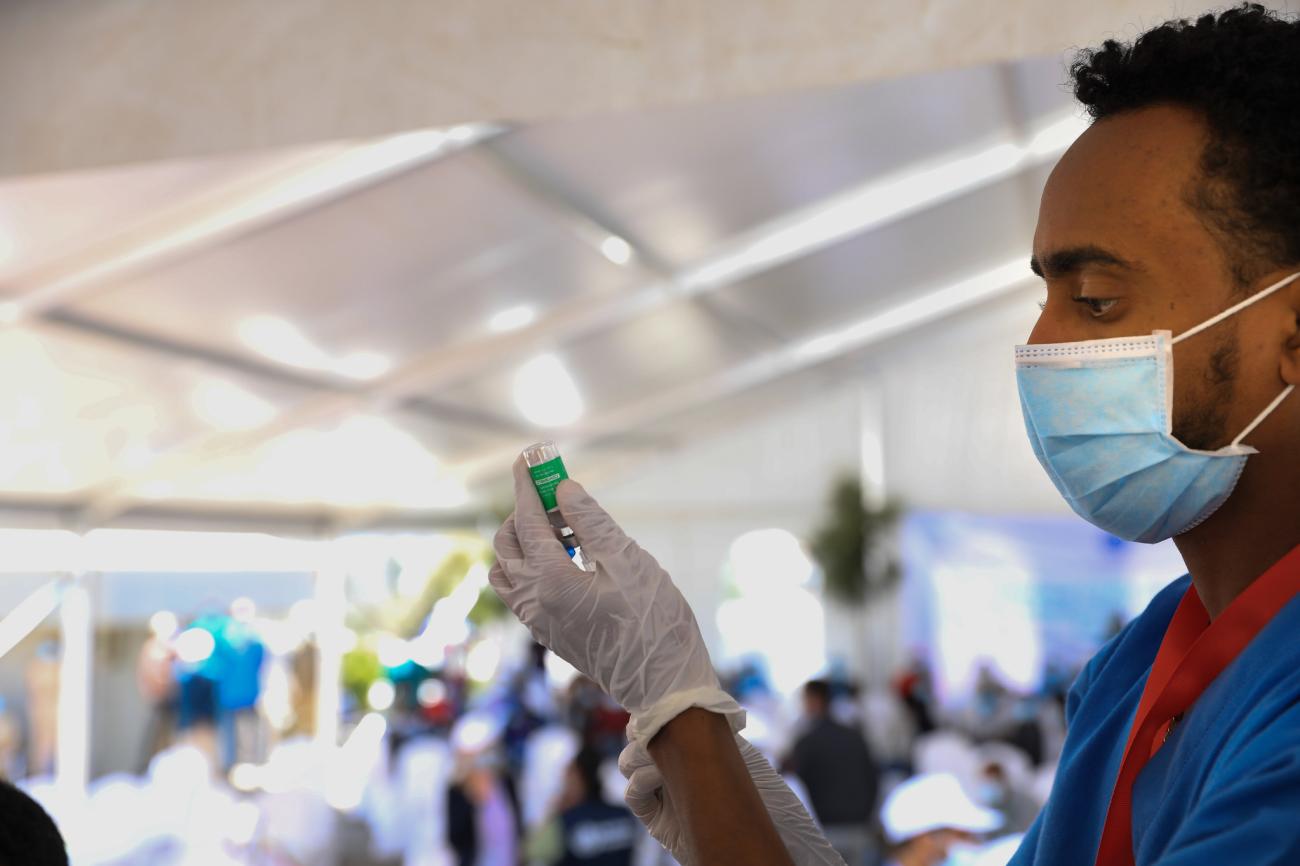
Vaccine inequality is the best ally of the COVID-19 pandemic.
It is allowing variants to develop and run wild, condemning the world to millions more deaths, and prolonging an economic slowdown that could cost trillions of dollars.
I have long been pushing for a global vaccination plan to reach everyone, everywhere, sooner rather than later.
A plan to be implemented by an emergency Task Force made up of present and potential vaccine-[producing] countries, the World Health Organization, COVAX partners, and international financial institutions, working with pharmaceutical companies to guarantee the production of enough doses and their equitable distribution. Unfortunately, I have not been heard.
Yet instead of global coordinated action to get vaccines where they are needed most, we have seen vaccine hoarding, vaccine nationalism, and vaccine diplomacy.
We, of course, welcome efforts by countries to get vaccines to more places.
But a plethora of global, regional and bilateral initiatives has failed to deliver.
It has not got us anywhere close to the first benchmark of 10 per cent vaccination in all countries by the end of September, as Dr. Tedros said and this even though the number of doses required comes to less than one week of global manufacturing output.
That is why I am pleased to join Dr. Tedros in the launch of the Global COVID-19 Vaccination Strategy.
This is a costed, coordinated and credible path out of the COVID-19 pandemic for everyone, everywhere.
This detailed plan of action, drawn up by the World Health Organization, is designed to get vaccines, as it was said, into the arms of 40 per cent of people in all countries by the end of this year, and 70 per cent by the middle of 2022.
It is based on a thorough scientific analysis of the evolving pandemic; the effectiveness of vaccines; the cost of procuring and delivering them; and global demand and supply.
Through dose sharing, swaps, technology transfers and other priority actions, it is possible to reduce deaths and minimize suffering, prevent health systems from being overwhelmed, resume social and economic activities, and reduce the risk of dangerous new variants.
It is up to Member States to do their part, to come together, doing everything that is needed for this strategy to succeed.
The entire United Nations system is mobilized around supporting governments to end this pandemic – from health and humanitarian workers to logistics and operational experts and communications specialists, through our Verified campaign to fight the plague of vaccine misinformation.
With vaccine production now at nearly 1.5 billion doses per month, we can reach 40 per cent of people in all countries by year’s end – if we can mobilize some $8 billion to ensure that distribution is equitable.
Because crucially, the success of this plan requires equitable distribution. Without a coordinated, equitable approach, a reduction of cases in any one country will not be sustained over time. For everyone’s sake, we must urgently bring all countries to a high level of vaccination coverage.
G20 countries have frequently spoken of their desire to get the world vaccinated. Their meeting later this month will be an opportunity to deliver.
I urge all global stakeholders to step up, mobilize their resources and turn this strategy into a reality.
